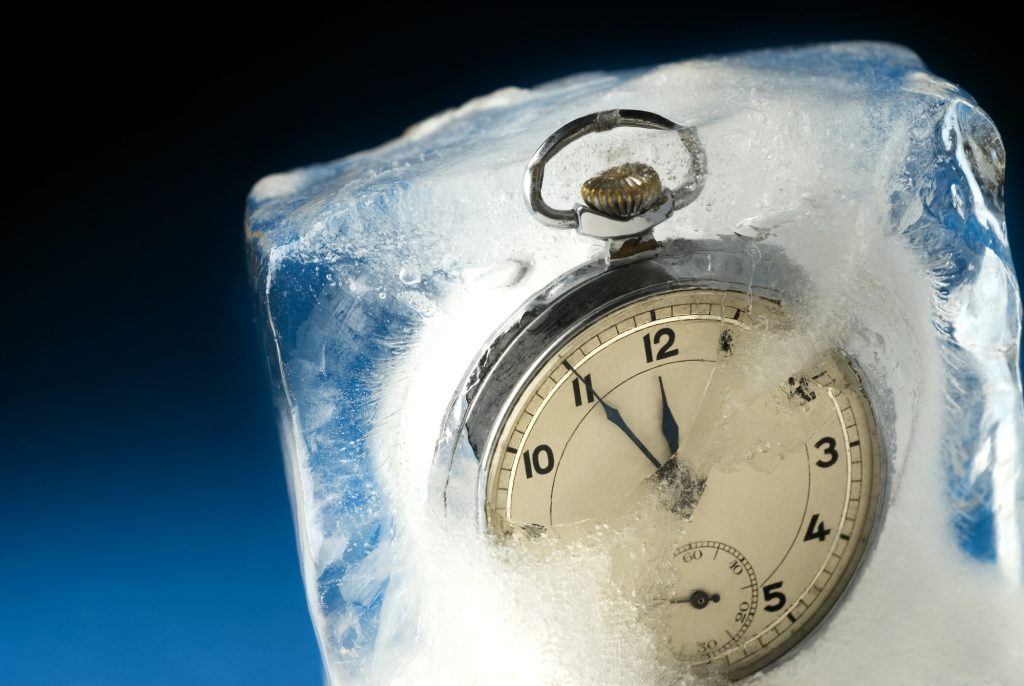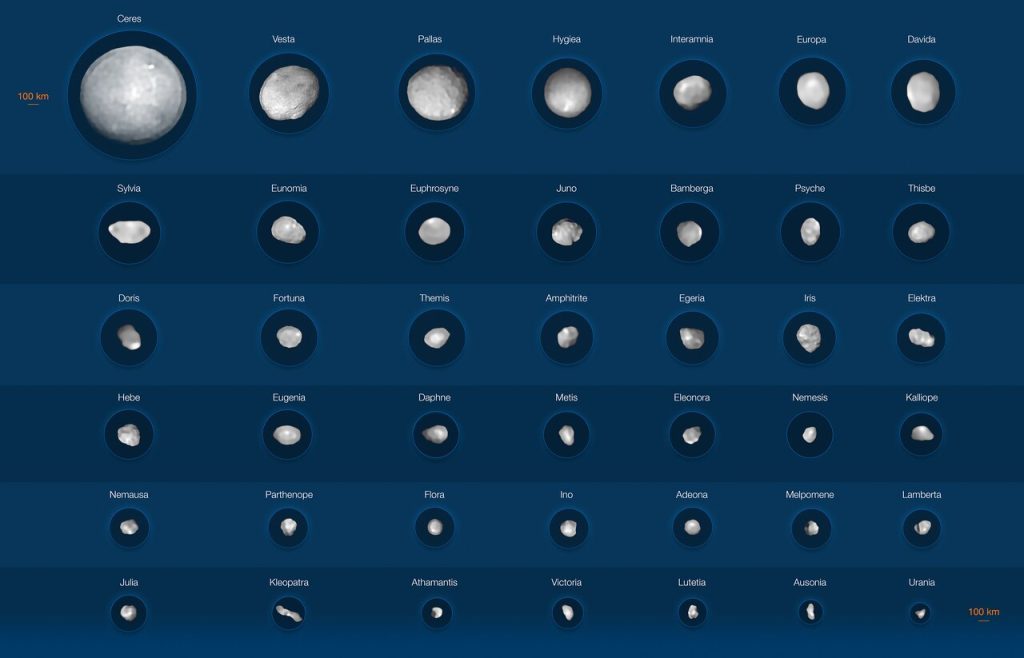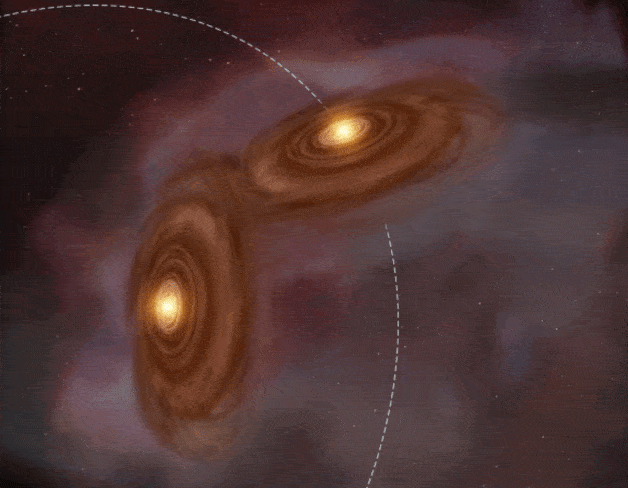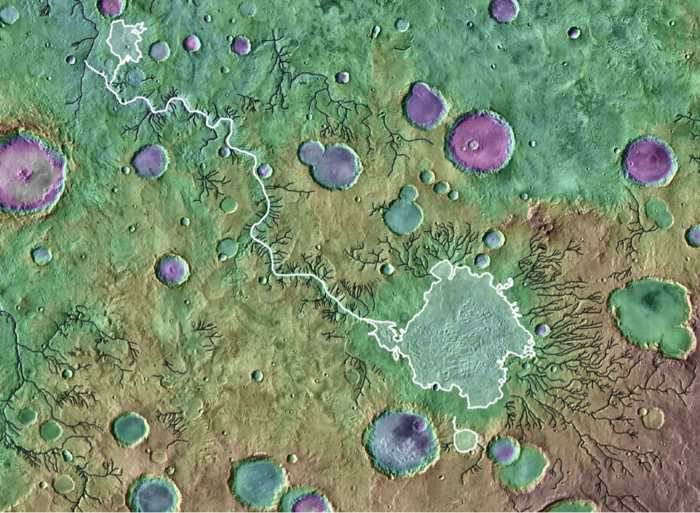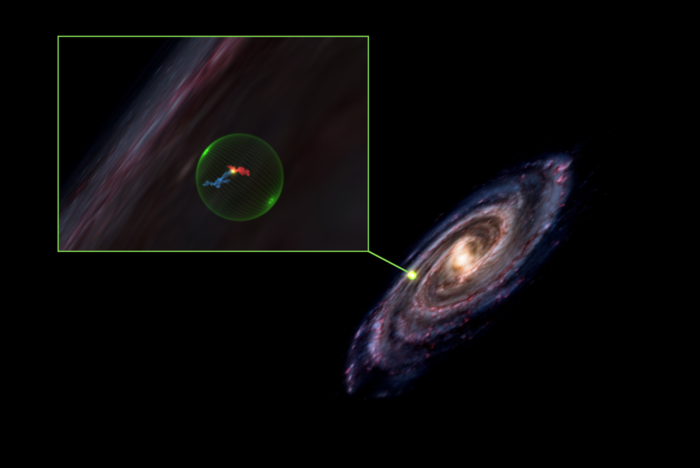The Secret of the Black Ice
We are familiar with the physical states of water - solid, liquid and gas. However, in its solid phase, as ice, water can form more than a dozen different structures whose properties vary. The ordinary ice on the puddles that soon awaits us again in the northern hemisphere is just the tip of the iceberg. Scientists have now succeeded in producing an ice phase in the laboratory that is much darker than normal ice - superionic ice. This type of ice forms at extremely high temperatures and pressures, such as those found deep inside planets like Neptune and Uranus. Until…


